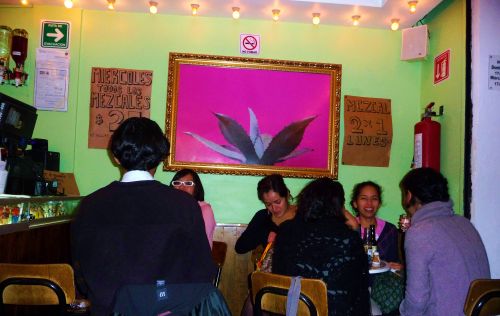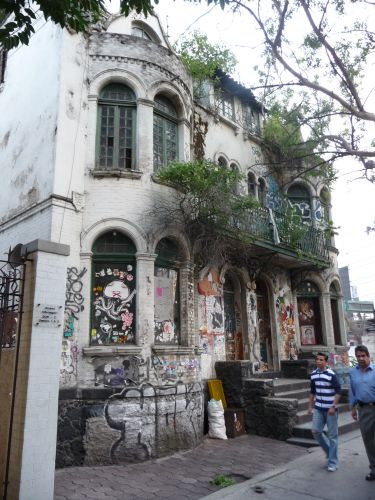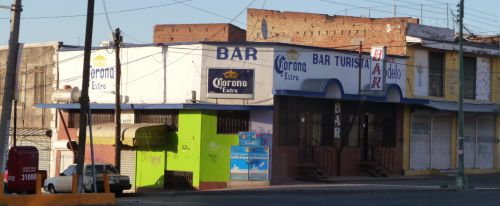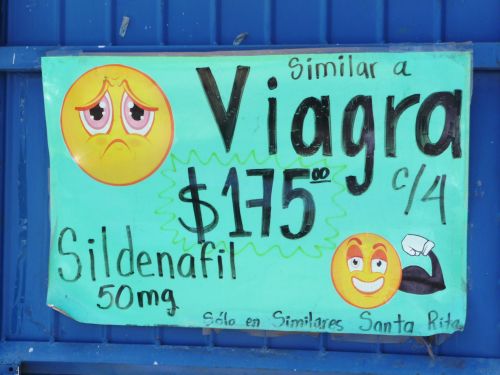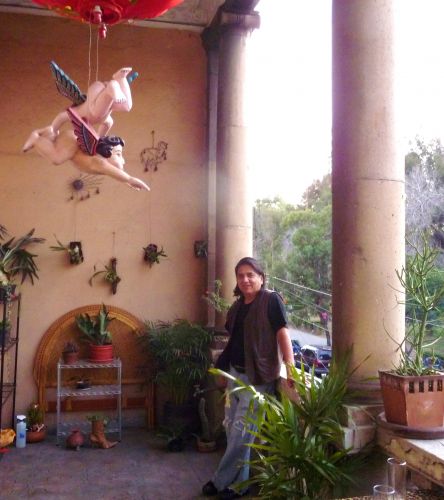When I first came to Mexico I drank a lot of tequila but somewhere along the line I lost my taste for it. About ten years ago there was a shortage of agave, the plant from which tequila is made. Some say that since then, tequila makers have used immature plants and speeded up the distilling process, so their product isn’t as flavorful as it used to be.
However, I learned to like mezcal. It is also made from agave, but rather than steamed, like tequila, it’s roasted in a pit in the earth, which gives it a smoky flavor. As one mezcal importer – I’ll get back to him in a minute – said to me, “What would you rather eat, a boiled potato or a roasted potato?”
The photo above is of a wonderful mezcal called Dioseño, so-called because it comes from a tiny town in the state of Durango called Nombre de Dios (God’s Name). I have actually been through that town and, apart from its mezcal, a more fitting name might be Godforsaken.
Dioseño, and other wonderful small-batch mezcals, are sold in Mexico City by a fellow named Cornelio Pérez. He has frequent tastings at bars and restaurants in the city. If you want to get on his mailing list, write to him at mezcalestiocorne@prodigy.net.mx. Feel free to mention my name.
Mezcal became hip among youths in Mexico City a few years ago, when a bar specializing in that drink called La Botica opened. There are now several branches of La Botica around town, and even one in Madrid. Click here to go to its web site.
But if you become a mezcal convert, this guy is your daddy. For the past fifteen years, Ron Cooper has been going to remote villages in Oaxaca, where the best mezcal is produced, and importing it to various countries, including the U.S. (He is the one who made the potato analogy.) His stuff is expensive but absolutely incredible -- as fine as any whiskey or cognac you can buy. Click here to find out more about it and where you can get it.

